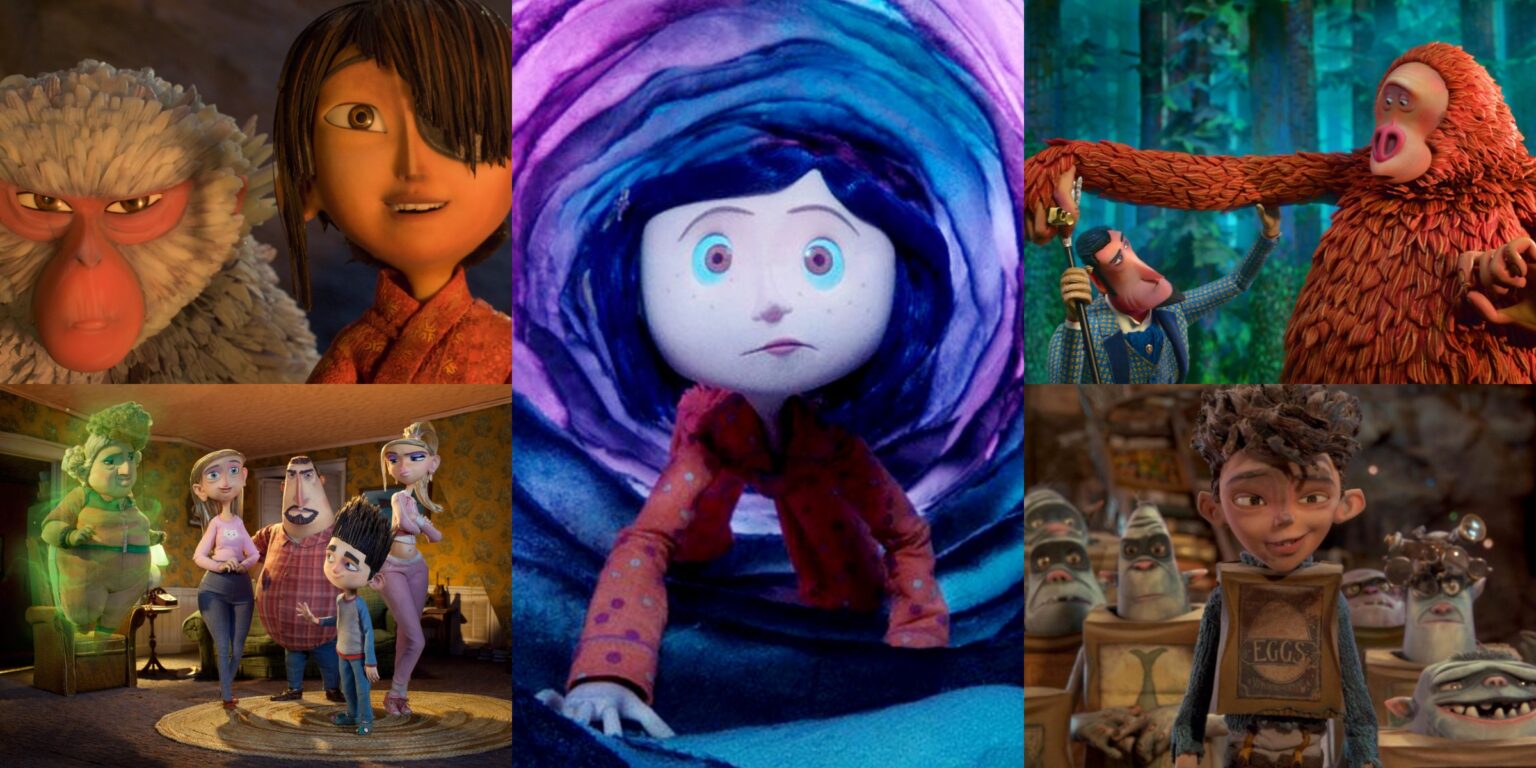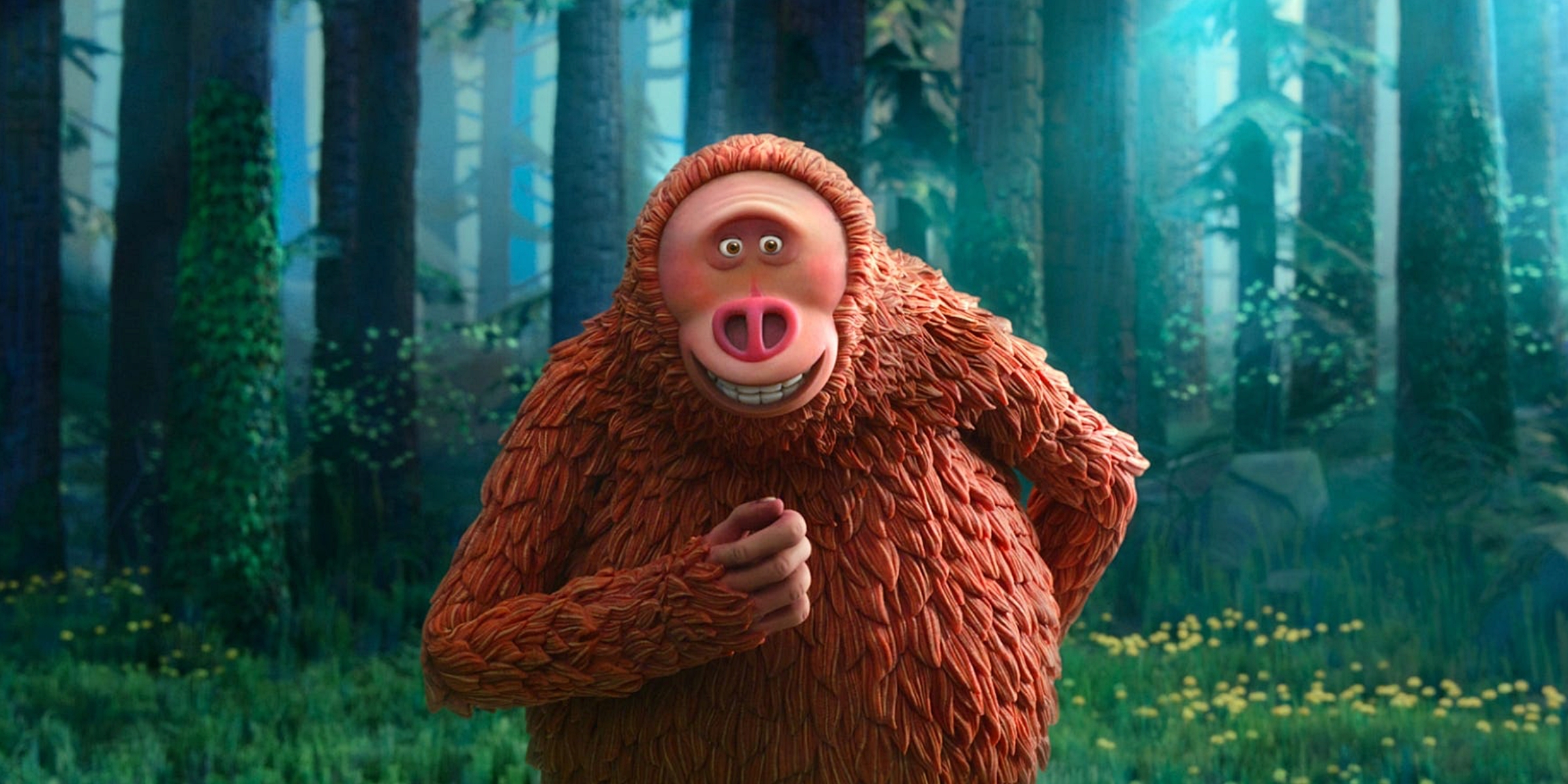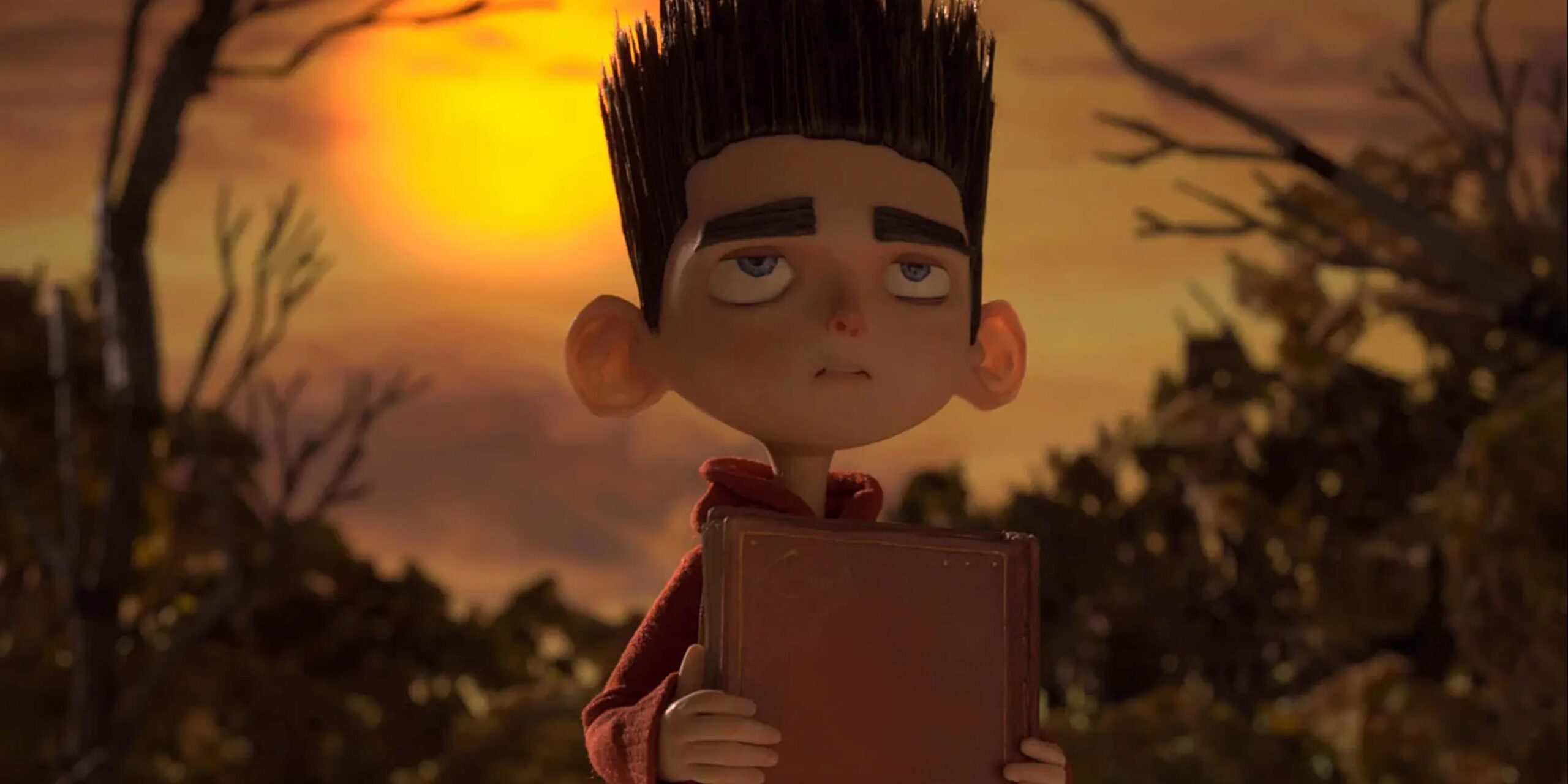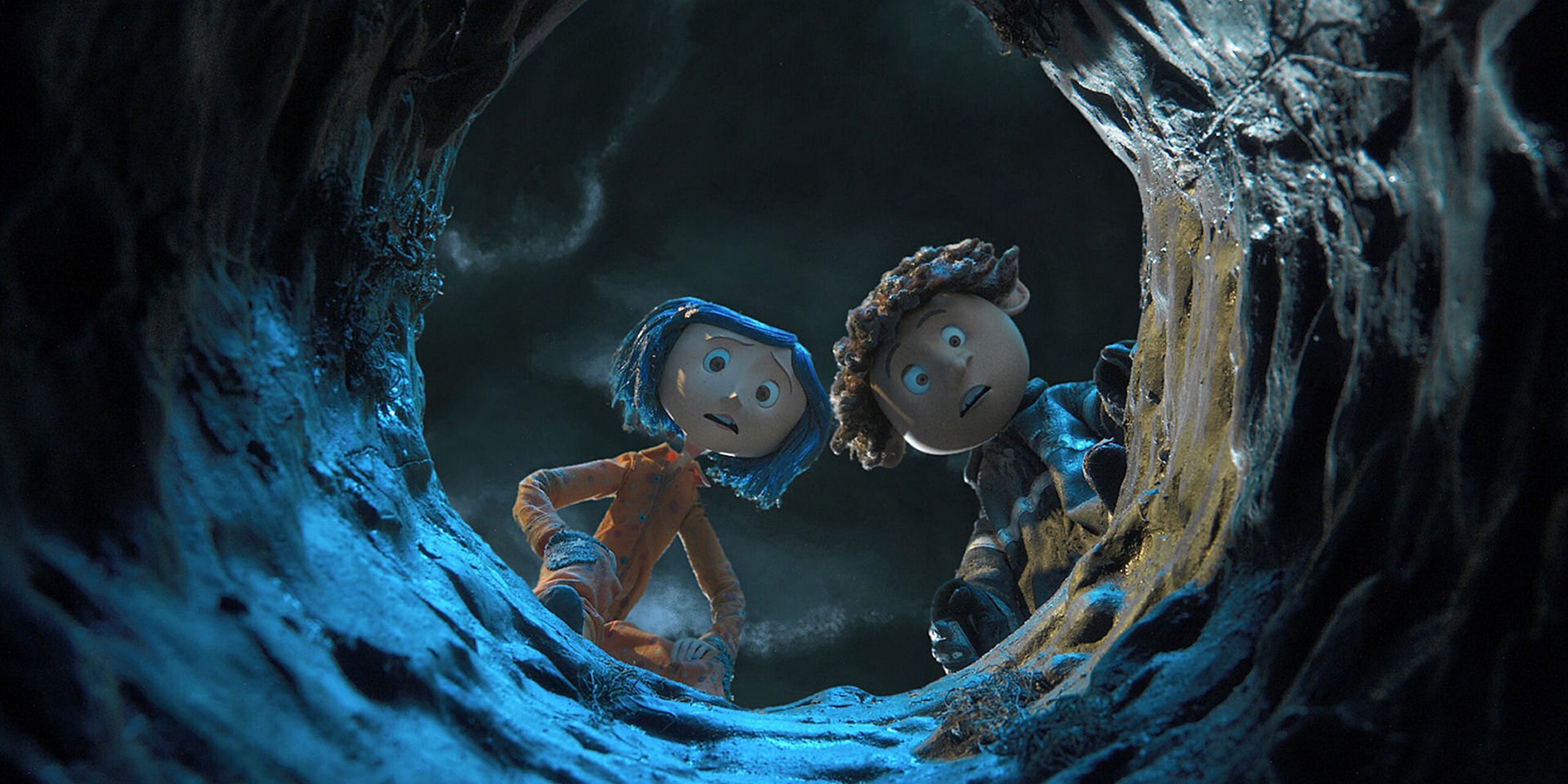Ranking Every LAIKA Film

Built from the ashes and legacy of Will Vinton Studios, the 19-year-old animation studio Laika is nowhere near as big as Illumination, Pixar, or other American animation heavyweights in its cinematic exploits. However, Laika has developed a deep cult fanbase thanks to the unusual material the studio covers in its family movies. Plus, Laika is one of the few mainstream labels that embrace stop-motion animation, an art form other studios entirely eschew as too expensive.
Due to the time-consuming nature of the stop-motion creative process, Laika has only produced five films in its existence (not counting the 2005 film “Corpse Bride,” for which the studio was only contracted to provide animation). Cult classic “Coraline” has become a merchandising phenomenon for Laika, but what about the rest of its library?
- Missing Link

Few things are as awkward as a comedy that just isn’t clicking. “Missing Link,” written and directed by “ParaNorman” mastermind Chris Butler, is unfortunately a prime example of this phenomenon. The gags in this pastiche of classic globe-trotting adventure stories – think “Around the World in 80s Days” – aim for relentless wackiness but just come off as tired. Save for a handful of amusingly dark gags, like Sasquatch Susan off-handedly noting that he retrieved his disguise by “mugging a nun,” the laughs are sparse here. That’s a problem, especially when “Missing Link” eschews pathos or other deeper themes in favor of silliness. Relying only on gags isn’t bad, but they must be good to carry a whole feature. At least “Missing Link” looks spectacular, with richly detailed sets dominating the screen. The travels of adventurer Sir Lionel Frost (Hugh Jackman) take him to a slew of locations brought to life with intricate detail and rich tangibility. What a shame that such glorious visual elements are in service of a script that never finds its footing.
- The Boxtrolls

Comedy isn’t Laika’s strongest suit. The studio’s two weakest movies aim for a distinctly British style of humor that eludes the grasp of their respective creative teams. “The Boxtrolls” stands above “Missing Link” just because the warped character designs of figures like Archibald Snatcher (Ben Kingsley) are extremely memorable. There’s nothing especially wrong with “The Boxtrolls.” Rather, its various eccentricities mostly result in a lot of yelling, rather than especially idiosyncratic comedy. As with all Laika features, the film looks incredibly polished. However, “The Boxtrolls” is another example of Laika aiming for comedy gold but coming up with bronze (at best) instead.
- Kubo And The Two Strings

If anything undercuts the grand storytelling scope of “Kubo and the Two Strings,” it’s the white-washed cast. Amusingly, director Travis Knight and company chose to cast the whitest white people imaginable – including Matthew McConaughey, Ralph Fiennes, and Rooney Mara – to voice a collection of Japanese characters. It’s an ill-advised casting decision that doesn’t just further harmful racial erasure in American cinema. “Kubo and the Two Strings’s” cast also brings Laika closer to the mainstream American animation studios it’s supposed to be subverting. Why does the “opposition” to typical big-screen animated cinema employ a cast straight out of a DreamWorks movie? However, “Kubo and the Two Strings” is a transfixing adventure yarn especially impressive in maintaining a family-friendly atmosphere without talking down to youngsters. This is a deeply thoughtful film about the power of stories, and “Kubo and the Two Strings” doesn’t undercut that power with intrusive fart gags or modern pop culture references. Instead, quietly devastating emotional beats play out without any concessions to how an animated family movie “should” operate. The stop-motion animation here is arguably the most impressive Laika has shown us yet. Kubo’s world feels expansive and full of endless possibilities, the perfect canvas for a terrific adventure story.
- ParaNorman

Following up “Coraline” with another horror-themed family movie carried the risk of making Laika seem like a one-trick pony. However, “ParaNorman” delivered plenty of unique qualities that separated it from the studio’s debut 2009 film (see below). That includes a phenomenally nuanced third act that suddenly adds extra moral dimensions to a story about zombie invaders and supernatural spirits. The script also packs some deeply humorous dialogue, sneaking in darker-than-expected elements to a kid’s movie, including one line about a cop claiming that “firing at civilians” is “the police’s job.” With those virtues, it’s no wonder “ParaNorman” became something far more special than just a “Coraline” doppelganger.
- Corlaine

One recurring and understandable criticism of Laika’s later output is that the studio’s stop-motion animation now looks too polished. Stop-motion has always been the domain where you can see artists’ fingerprints on Wallace & Gromit. Laika’s recent films, like “Missing Link,” feature ultra-smooth character movements and polished character designs, evoking modern digital animation rather than classic stop-motion. That shift makes “Coraline” extra impressive since, being the studio’s first movie, it still wields some of the raggedy, jagged qualities of vintage stop-motion. Those “imperfections” just make the world of “Coraline” feel extra true to life and all its various shortcomings. Plus, these qualities in the stop-motion animation enhance the “otherness” of the Other World. Just as astonishing as the day it was released in 2009, the staggering animation in “Coraline” is nicely complimented by filmmaker Harry Selick’s assured direction that injects real tangible creepiness into the proceedings. Sometimes, returning to a cult classic decades after its release only reveals the shortcomings everyone forgot about. Meanwhile, “Coraline” has only further solidified over the last 15 years as Laika’s greatest accomplishment.
Source:Lisa Laman/nextbestpicture

熱門頭條新聞
- AI in the Workplace
- Challenging Amazon: Walmart’s Vision for the Future of Subscription Streaming
- LAUNCH OF AN UNPRECEDENTED ALLIANCE BETWEEN EUROPEAN FILM AND AUDIOVISUAL MARKETS
- Marvel Rivals Unveils Launch Trailer
- The Studio Park Thailand: A Pemier Production Hub for Southeast Asia
- ABC Commercial partners with Amagi to launch suite of FAST channels
- FMX 2025releases new trailer
- Once Human Mobile Closed Beta Began Now.
